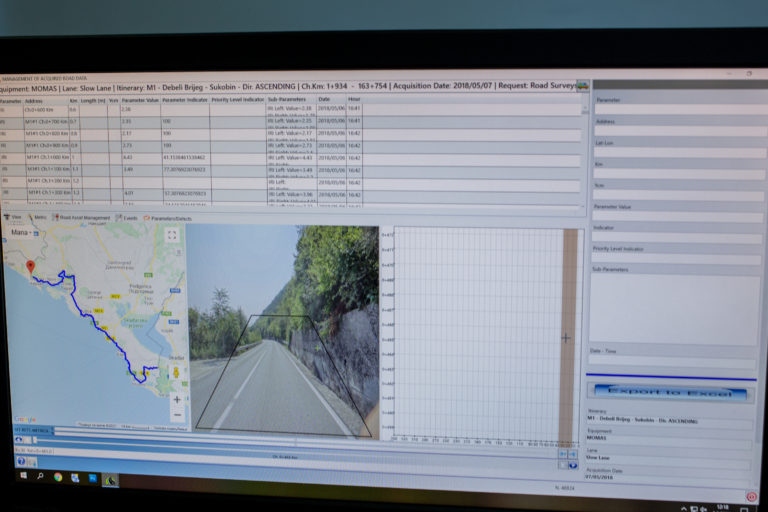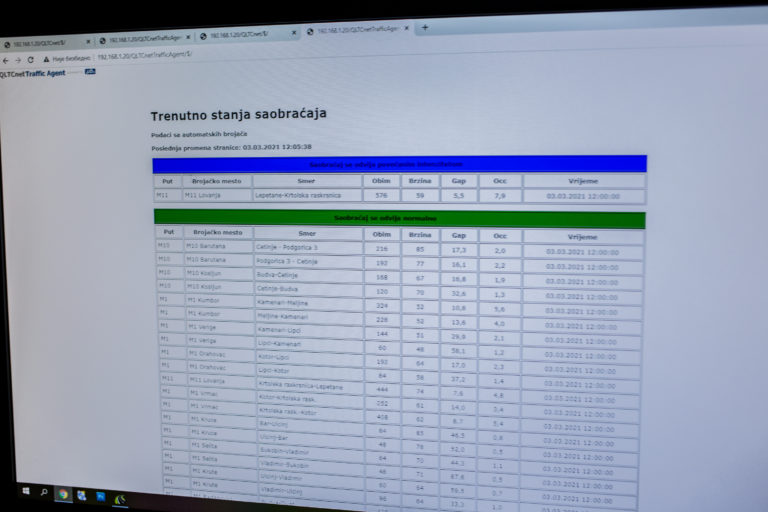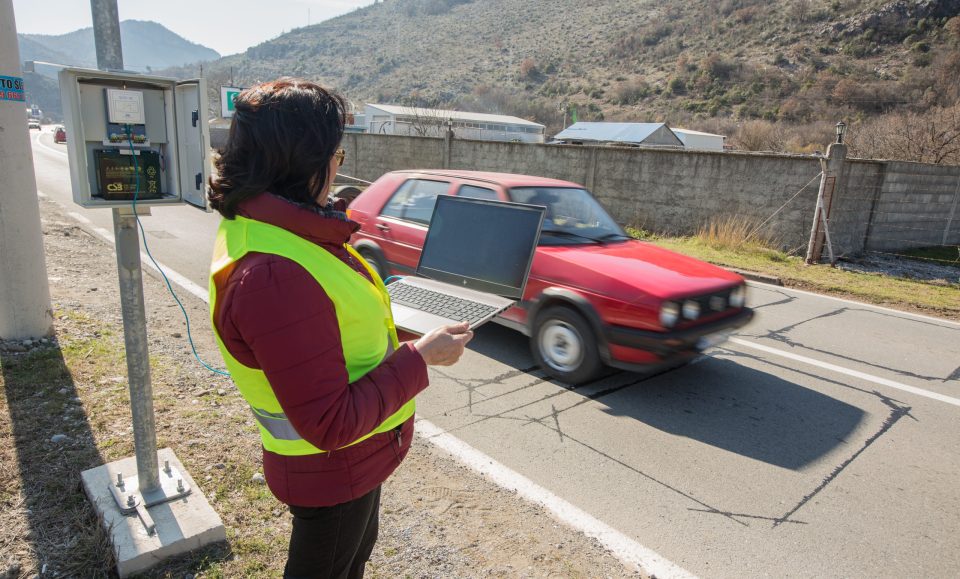A road database is an extremely important tool for the management, planning and development of the road network, as well as for the improvement of road safety.
posted on
- September 18, 2021
EU-funded projects pave the way for better roads and improved road safety
The road between Podgorica and Kolašin is one of the most beautiful, but also one of the most dangerous routes in Montenegro. This is particularly true for the Podgorica to Mioska section, which saw 107 traffic accidents in 2019 alone. Thanks to an analysis carried out within the EU-funded project “Developing a database and assessing road safety in Montenegro”, worth nearly €1 million, this critical section will be reconstructed.
“This 38 km long section will have new road markings and improved crash barriers. After the reconstruction, the section will be much, much safer than it is now,“ says Nikola Arnaut of the Transport Administration.
The same EU-funded project helped identify another 15 critical sections and perform an assessment of the quality of all state roads for a length over 1,800 km. Results also included a risk map and a list of proposed investments that could help reduce the number of accidents.
“The negative effects of traffic accidents create a huge financial burden for all countries, which is why it is important to ensure continuous strategic planning and investment in roads. That’s why road safety is a top priority for the EU and is an integral part of its development policy. As regards this project, which was supported by the EU with over 1 million euros, it has been found that Montenegro must invest more heavily in managing and improving the safety of its road network,” says Ivan Lagator of the Delegation of the European Union to Montenegro.
As regards this project, which was supported by the EU with over 1 million euros, it has been found that Montenegro must invest more heavily in managing and improving the safety of its road network,” says Ivan Lagator of the Delegation of the European Union to Montenegro.
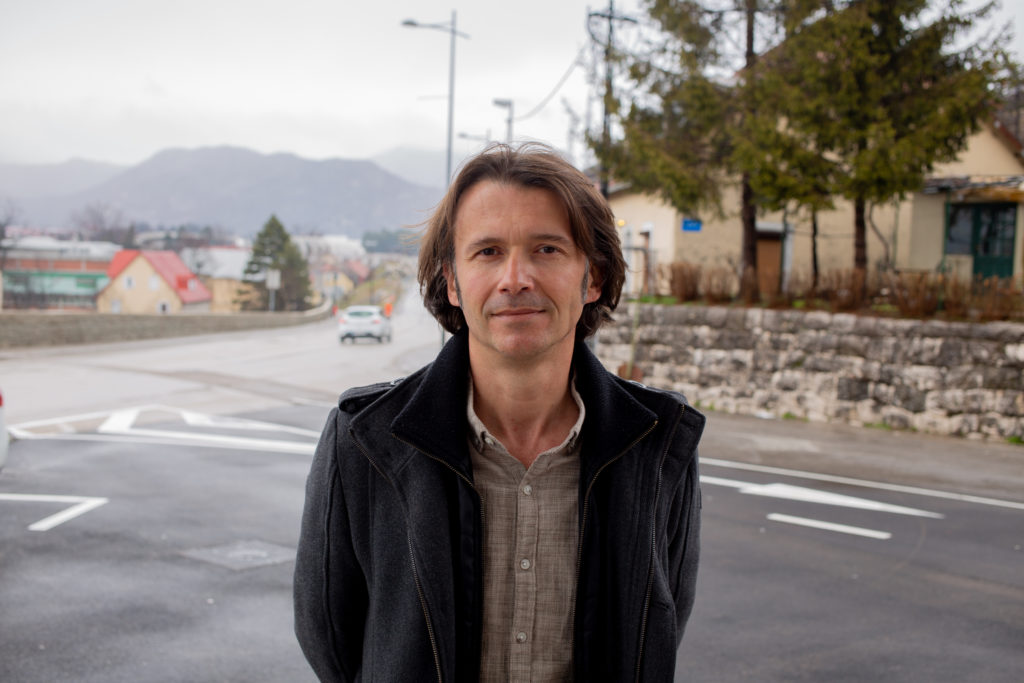
Apart from information important for road safety, the project enabled the collection of data on other features, such as length, altitude, curve radii, tunnels, bridges, avalanche galleries, road signs, impairments, etc.
“Thanks to data obtained in this way, the Transport Administration can efficiently manage the roads and make optimum investment plans in order to restore the roads to a condition necessary for safe and undisturbed road traffic,” says Zorica Božović of the Transport Administration, who was involved in this EU-funded project.
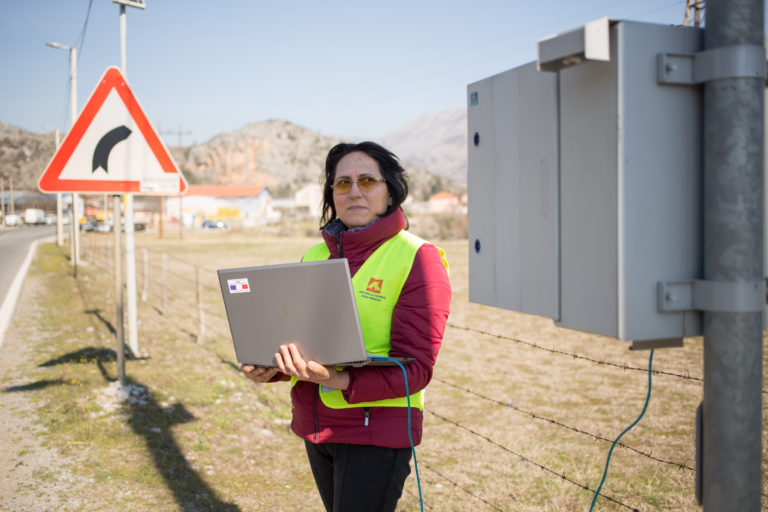
“Thanks to data obtained in this way, the Transport Administration can efficiently manage the roads,” says Zorica Božović of the Transport Administration, who was involved in this EU-funded project.
Traffic intensity is measured using a metric called Average Annual Daily Traffic (AADT). The road with the highest AADT is the section between Tivat and Krtoli intersection, with an average of 14,000 vehicles per day. We know that now because the EU also financed the purchase of 64 automatic traffic counters, which collect data on the number and category of vehicles, their frequency and direction of travel 24 hours a day, every day of the year. Before the implementation of this EU-funded project, Montenegro did not have its own digital road database. Instead, data used to be stored on paper and was not organised systematically.
The European Union has invested around €180 million in the transport sector in Montenegro over the last 14 years.


